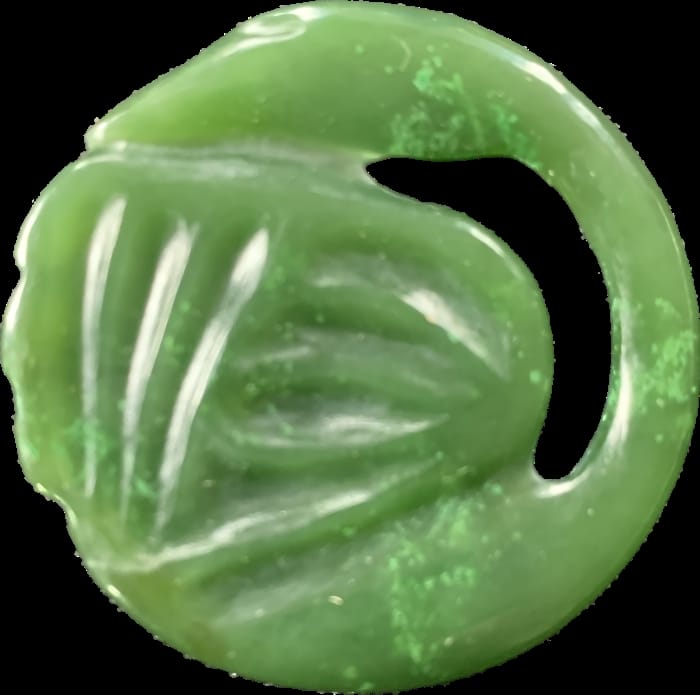True Crime, Archaeology and Art
I think right now there is a hill in either Syria or Iraq that has bulldozers digging into a lost civilization from the period of Sumer. So from, you know, the very earliest civilizations on Earth, they are destroying their own heritage right now - and selling it to me.

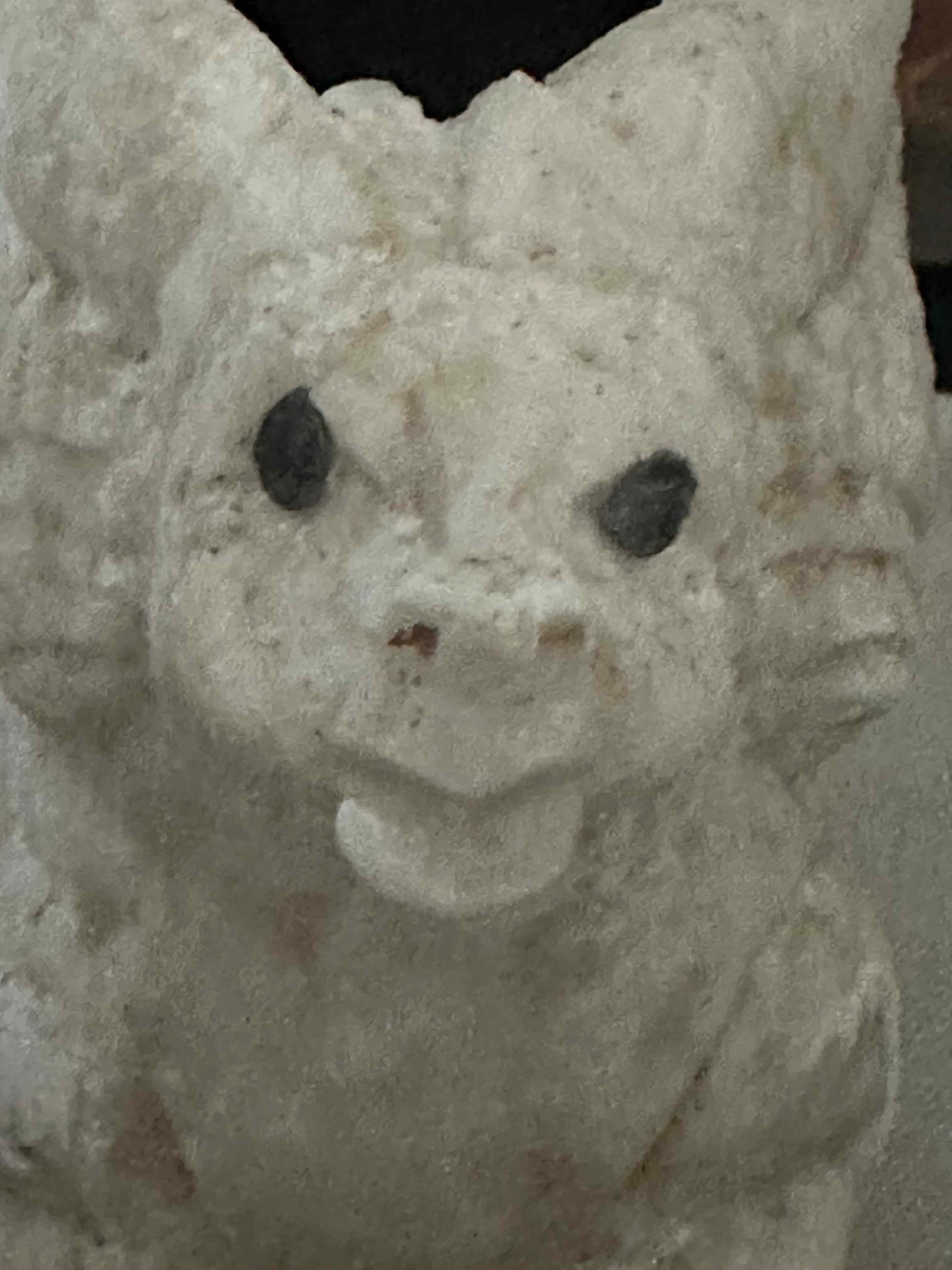
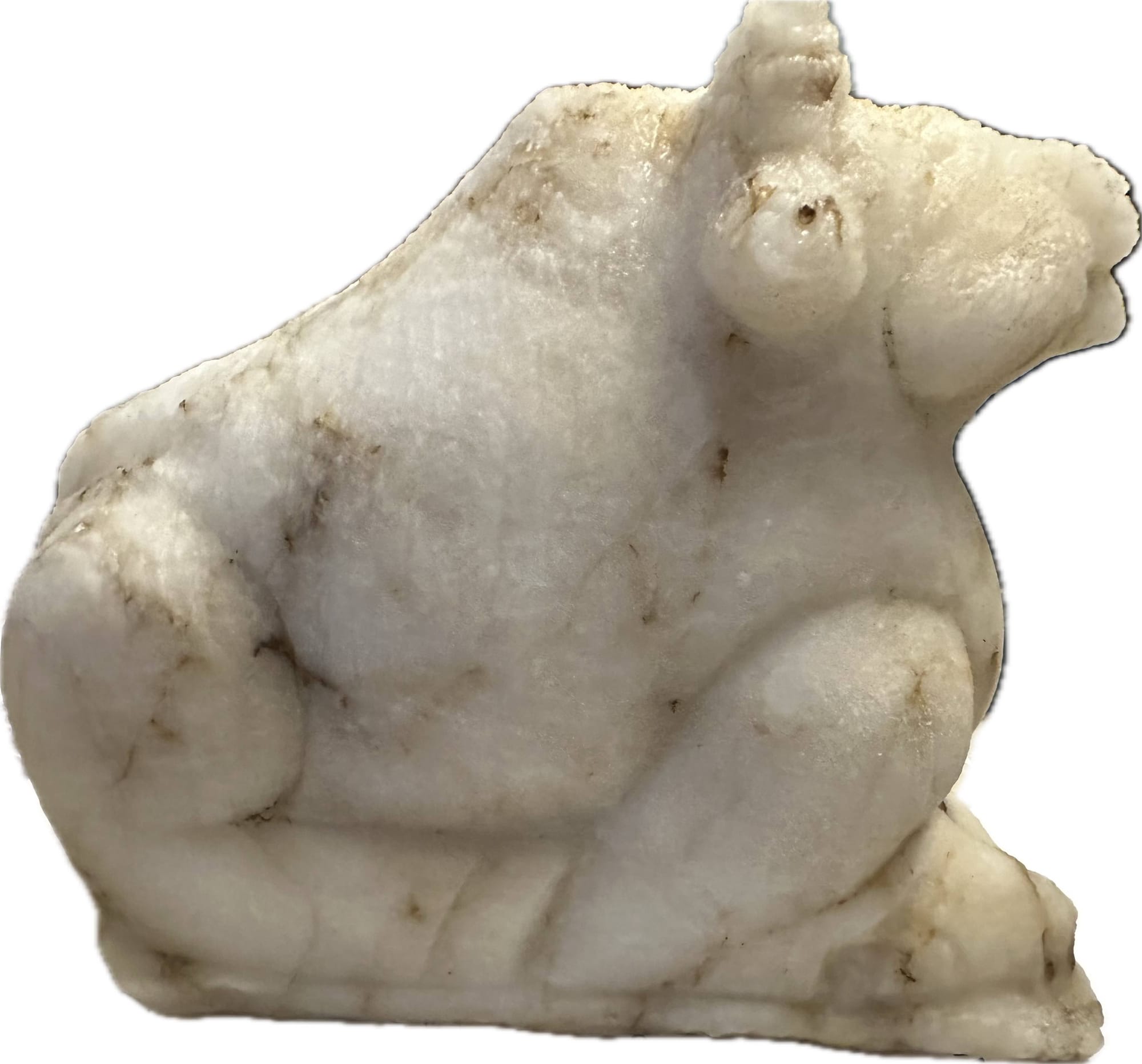
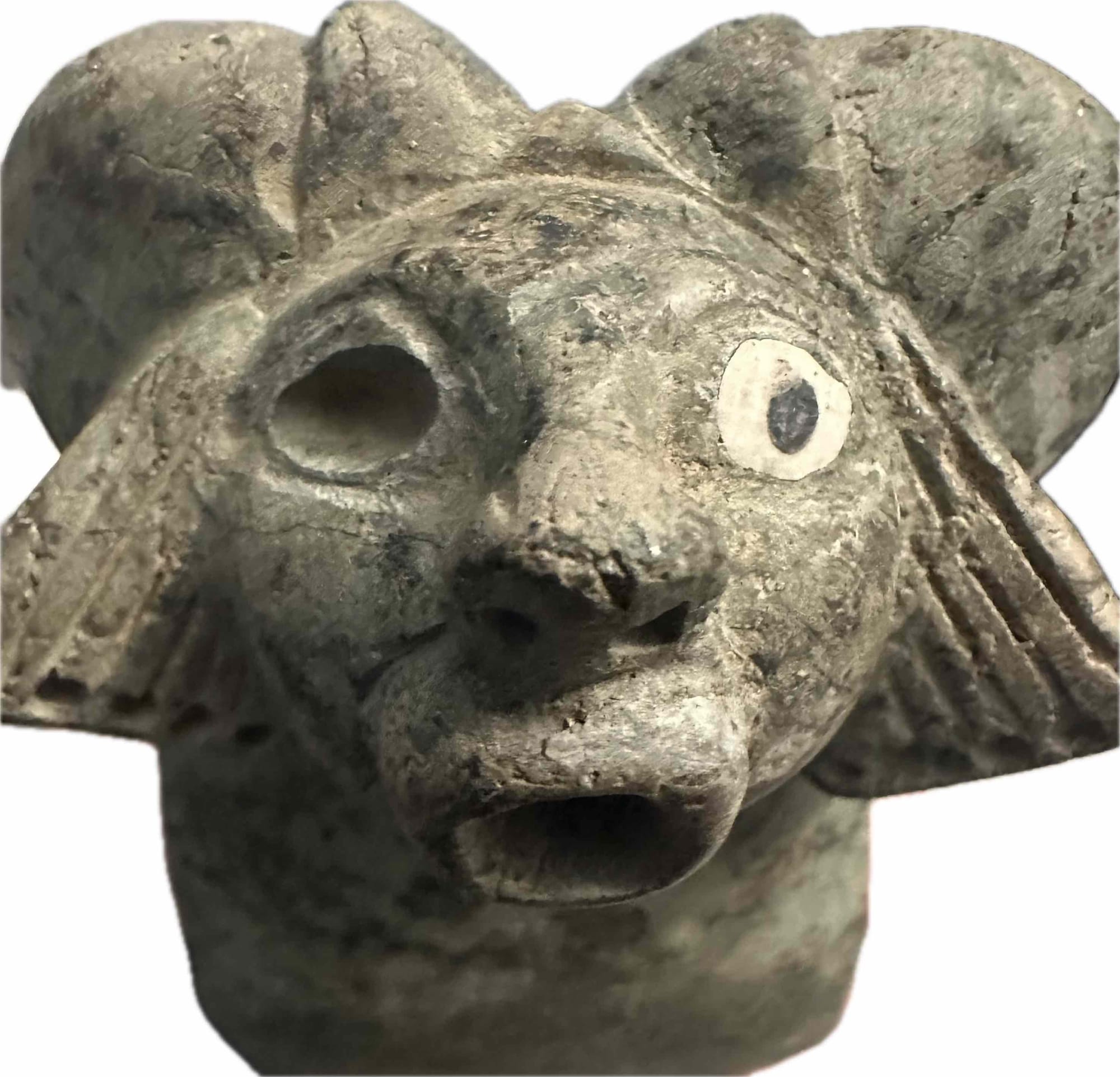
Items owned by Dr. Stout, discussed below.
Please scroll down for links below the transcript. This is lightly edited AI generated transcript and there may be errors.
Dr. Josh Stout 0:00
I think right now there is a hill in either Syria or Iraq, but it could be a lot of other nearby countries, but probably around the Tigris and Euphrates that has bulldozers digging into a lost civilization from the period of Sumer. So from, you know, the very earliest civilizations on Earth, they are destroying their own heritage right now and selling it to me.
Eric 0:28
How exciting. We record twice in one day. Wednesday, December 18th. Still, how are you doing, Josh?
Dr. Josh Stout 0:34
I'm doing well and I just wanted to do a sort of quick episode because I'm kind of excited about this True Crime I've discovered. True crime. True crime. I think there is a crime happening right now. Not super excited about the crime itself, but that's sort of a true crime. Podcast is not in favor of the dead body. They're just talking about what happened.
Eric 0:54
You're excited about your discovery?
Dr. Josh Stout 0:55
I have. Yeah. I think I found something. Yes, I. I think right now there is a hill in either Syria or Iraq, but it could be a lot of other nearby countries, but probably around the Tigris and Euphrates that has bulldozers digging into a lost civilization from the period of Sumer. So from, you know, the very earliest civilizations on Earth, they are destroying their own heritage right now and selling it to me. And this is an actual crime that is happening. But I really don't want to go after the man because I have no idea who knows what. I'm getting these things from an auction and.
Eric 1:34
Wait, wait. But they're selling it to you. Doesn't that make you complicit in the crime?
Dr. Josh Stout 1:37
Well, let's talk about that. This is something I need to think about. And this is this is an important sort of philosophical thing that I think is part of the crime. I the crime was digging it up. I'm doing the equivalent in some ways of, you know, going to a neighborhood store that sells some cheap things that I don't really know the origin of. And they might be real Rolexes or they might not, but they're going for a quarter the price of a Rolex.
Eric 2:10
Let's be clear. We're not talking about Rolex.
Dr. Josh Stout 2:12
Well, no, I'm talking about actual artifacts that I suspect may be genuine, sold by a place that doesn't generally sell genuine things. And so there's really no way to know. I might also be starting to find things from a mad genius who has created their own civilization and is carving things according to their own thing. So these are things that have a unifying style. Like many city states in ancient Sumer had, where you can identify which city state they came from. Only there are no other city states with this style. I've been looking everywhere for quite some time now, trying to find anything even relating to this. So I think this is an unknown city that is being excavated right now and there's stuff coming out of it, but I have no way to show it. I don't think anyone would necessarily believe me because there is nothing that looks quite like these things and they're coming out of a place that sells almost only recreations, let's say, of of antiquities, of a variety of, of, of, you know, levels of quality. And and at first glance, these things do not look particularly high quality. But if you look very, very closely at them, you can see someone was working with chisels that were, you know, less than a millimeter wide to dig out tiny little grooves all over something. Someone was making separate inset eyes and putting them into the sockets. There were tiny little holes all over it where clearly a crown had been painted onto these animals. And so there's all these details that I don't think a, you know, someone trying to imitate would be doing. And so this is part of the problem. So there's no there's no reality. It's all about belief in my reality. I think there is this terrible thing happening and I'm trying to save these pieces that are otherwise being mislabeled.
Eric 4:07
I'll easily accept because I know that you have worked for a long time sussing out what is a verifiable thing. Yeah, you. Because you, you've done this in swords and you do this in rugs and you've done this in a number of things and you've taken very deep dives. But what makes you say that these are coming from the crime of digging up the side of a mountain and destroying things in the process? How do you know that part of it?
Dr. Josh Stout 4:32
I don't I don't think that's the other thing. Not nothing is known.
Eric 4:36
Why do you assume that part of it?
Dr. Josh Stout 4:37
Because I can't find any civilization that matches the look of these things. The expression and the eyes on the statues are closest to Sumerian things, but it matches no existing Sumerian approach, and they look very similar to each other across a wide range of artifacts are coming from this what seems like a single civilization that no one knows about.
Eric 5:04
And so this is the mystery. You think.
Dr. Josh Stout 5:06
I'm so I'm either, you know, collecting the pictures from the from the auctions or some of the pieces. If I can afford a piece, I want to have them because I think this might be the only documentation of some of this.
Eric 5:17
Do you have any do you have photos of some of these pieces we could post?
Dr. Josh Stout 5:20
Yes. Yes. Right. Yeah, we'll be doing that. But there there —
I would be happy to give them back to whatever place they came from, if that can be found. I do not see a problem with that at all. Even if I put in some of my own money to do this, that would make me really happy to have saved something. Find it. Yeah, but I don't know if they'll ever be found. Right.
Eric 5:47
It doesn't look like anything, you know. So you're saying that's why you say it's either something unknown or.
Dr. Josh Stout 5:53
A mad.
Eric 5:54
Genius? Genius making art that's of an entire civilization.
Dr. Josh Stout 5:57
Of an entire civilization that did not exist. It's really cohesive and it's fascinating.
Eric 6:02
And there either one would be cool.
Dr. Josh Stout 6:03
Yeah. And they're putting in details that I that I could never have predicted. So. So, you know, I saw pictures of of one of these carvings is a fat tailed sheep and it looks like it had two tails. And I'm like, that can't be right. And I looked up fat tailed sheep and some of them look like they have two tails. I'm like, Oh my God, It looks just like the carving. And it was something I as a biologist and lover of sheep, not that kind of lover, but you know, someone who likes sheep had never seen before. And I talked to my wife Wendy, who also knows what a fat tailed sheep is. And she's like, No, they don't. It doesn't look like they have a button. I'm like, No, it really does. It looks like two tails making a giant sheep. But and that's what they'd carved in these thing. So it is a relatively not known detail that I'm finding in carving. So all of these things add together to make me think that again, either a mad genius or someone. Yeah, and small. It's very similar to this, what I was talking about before the kouros that the Getty bought for a huge amount of money and then everyone thought it was fake. And now we don't know if it's fake or not. It's a lot of the same problems where they don't know exactly where it came from. They don't know what kind of civilization would produce it because it has too many things corresponding to things that are almost but not quite right. Different dates on aspects of it, different the wrong material, you know, definitely Greek islands, a Greek island that things were made from, but not in the style of the Greek islands that those things were made from. And so all of these things add up to a huge problem for the collecting world, for the art world, for the archaeological world, because now we don't know what reality is anymore and we have no way of knowing. And so one of the items I want to buy are the actual inset eyes. There's a pair of eyes from a statue. They come in three pieces and it's both eyes, which is another reason I think, that this is coming right out of a hill. These pieces have not been separated. I think they were recently excavated, but again, no idea. And this wouldn't be that hard to create as a faker. These these pieces, the particularly the eyes are the kind of things you could relatively easily fake, but they match exactly the eyes that would be in the statues that I see that I don't think you can fake. And so it's all matching up to a what seems like a civilization in an area of the world that is undergoing difficult times right now that has started coming into the art world, particularly through places that don't ask too many questions about where they get stuff. So the places that have the most imitation antiquities or the most things that, you know, you don't know where it came from. And the game I like to play is finding things that are real sold for prices that are maybe not at that level. And I'm I'm bringing this up right now because it's gone beyond a game now where I think I'm really seeing a true crime in progress. I can practically hear the bulldozers rumbling and they're, you know, they're washing up on our shores. And I just really want to say something. I am not going after the middlemen. I do not feel that they are really the problem. It's it's what's happening, where it's being dug up, where the problem is, by the time it gets to someone selling it to me, all of that information is long lost. None of these things are being labeled as what I think they are. They're being labeled as different civilizations, different time periods, everything from ancient Egypt to early Christian. Yeah, all over the place. But I am seeing a single unifying thing. And again, it's either the hand of one mad genius.
Eric 9:32
So you're seeing that when they're being sold, they're not even they're not even being sold as coming from the same place.
Dr. Josh Stout 9:37
No, not even remote.
Eric 9:39
So you recognize these as you saw them? Yes. Wait a second. Yeah, that looks like that thing. That was like. Yes.
Dr. Josh Stout 9:45
So like in many other things, either I'm crazed and everyone else is wrong or I'm right and this thing is actually happening and so the people who are labeling these things would make more money if they correctly labeled them, but they're labeling them as best they can. They have no idea what they're saying they're seeing. So I don't actually think there is a concerted effort.
Eric 10:06
There's no malice.
Dr. Josh Stout 10:08
I don't think there's a lot of malice. I think I think there is a misunderstanding of something that's happening.
Eric 10:12
There's a whole bunch of people who just need to make some money.
Dr. Josh Stout 10:13
Who just need to make some money. Yeah. And so that's not the problem. I think. I think I have spotted a hill being excavated and this has happened before. So. Cornell, Cornell Museum accepted a large donation from a collector in the mid 2000s, and they deciphered the cuneiform and found out that all the tablets we're talking about a city that had never been excavated. And they realized that these cuneiform tablets were from an undiscovered place and they actually ended up giving them back to Iraq. Who was pissed off that they'd been translated into like, Don't blame us. We figured out what these are like, Well, you stole our scholarship. I'm like, No. So anyway.
Eric 10:54
Here, have it back.
Dr. Josh Stout 10:55
Have it back. That's sort of the position I would like to be in. I would like to know where these things came from. And I would I would like to return them to the scientific world as best as I can. And I'm trying to preserve what I think has been lost. All right.
Eric 11:09
Well, we'll we'll post the images. Yeah.
Dr. Josh Stout 11:10
So anyway, there's these eyes. Yeah. And I want to put them in one of my statues. I want to take this art that is very problematic and put it out a whole nother of being level of being problematic and actually put it right in my art. So now how do you give it back? It is itself an artwork. If this gets in some way publicized is this artwork? What is this? Is it my artwork? Is it someone else's? I don't know. Is it is it is it a fake? Whose artwork if.
Eric 11:38
You if it if it is designated as being real artwork and someone wants it back, you've just incorporated that stolen piece of art into yours. You're going to have.
Dr. Josh Stout 11:48
To there's all sorts of issues. Yeah. Like, you know, in let's say early Christian bodily resurrection. If you've been eaten by a cannibal, where does the body go?
Eric 11:58
But then the other question is, once you decide that this is a crime, I understand that once the crime has been committed, the item has been removed from its history in a very permanent way. Yeah, but. But. But are you not participating in that crime with the awareness that it comes from a crime scene?
Dr. Josh Stout 12:18
Maybe. Maybe it doesn't. I don't know. And I have no way of knowing.
Eric 12:24
Trying to get the word out.
Dr. Josh Stout 12:26
That basically, if it's a crime, I would like to tell people this is going on. Yeah, if it's not a crime, I have this collection of stuff that's really weird from a like a mad genius, as I said, and I'm really interested and I'm going to incorporate in my own art pieces. So AI Weiwei, the famous Chinese artist. Yes, I bought some Tang Dynasty vases and smashed them. Yes. I don't think they were real. I don't think he thought they were real. But there's no way anyone could really know, especially not after he smashed them. So there is a certain push and pull in the art world that exists at this line between real and fake. And so I'm not exactly destroying these things. If I put them in a statue there, they won't be changed in any way. They'll be just the same thing there. But I've taken this uncertainty and put it right into my artwork. So anyway, I have not even bought these things yet, so this is still a fantasy. But I just wanted to start putting this out there because if I, if I put this together, what I would like to do is create a collection, put it up online and have pictures of all of these things so that people can start to look at this and maybe it will stop a hill from being dug up.
Eric 13:54
I also want to point out, though, that we're we're not we're not going to we're going to post images, but we're not going to post the Web site that you're doing this from because we don't want to actually implicate.
Dr. Josh Stout 14:07
Or create a bidding war.
Eric 14:09
Man or create a bidding war.
Dr. Josh Stout 14:10
I mean, there's so many. Everything I do is nixed.
Eric 14:13
Anyone in trouble?
Dr. Josh Stout 14:14
I don't want to get anyone in trouble because they could be perfectly honest. People who don't ask too many questions about where the stuff comes from.
Eric 14:22
You just you're interested in stopping the damage to what's.
Dr. Josh Stout 14:26
Happening in the Middle East somewhere.
Eric 14:28
Or at least the discovery of a real.
Dr. Josh Stout 14:31
Yeah, knew. But, you know, I could be so off. This could be a North African Byzantine civilization. You know, when I first started looking at the goats that were being depicted, I was wondering if it was Pakistan or Afghanistan. There's so many places and kinds of places this could be from. I think I've narrowed it down to a Sumerian period, possibly early Sumerian, possibly middle Sumerian or, you know, in in Iraq. I have no idea. And again, the whole thing could be fake. It's such a real area of uncertainty.
Eric 15:04
So we're going on what's little more than it's more it's little more than a hunch.
Dr. Josh Stout 15:08
It's a hunch.
Eric 15:09
And it's and it comes from your, you know, what is essentially a lifetime of trying to figure out what's real by looking at images on the Internet.
Dr. Josh Stout 15:17
Right. And I'm very interested in the nature of what makes art real and what makes art art. And I want to incorporate that into my art.
Eric 15:26
I mean, this is interesting because, I mean, this is it's all speculation when you're looking at your hand axes, right?
Dr. Josh Stout 15:31
Right.
Eric 15:31
Because like, a hand axe could very easily be a million and a half years old. Or it could be.
Dr. Josh Stout 15:38
5000 or it.
Eric 15:39
Could be 20. Somebody just. That's possible.
Dr. Josh Stout 15:42
Yeah. It's not impossible.
Eric 15:44
You. You want to suss that out? Yeah.
Dr. Josh Stout 15:46
Yeah, absolutely.
Eric 15:47
And but there's literally no way.
Dr. Josh Stout 15:49
There's no way to do it. You know, and the fakers, both in China and Russia and some of Eastern Europe, have been professionally trained, and they're really good at what they do and how long.
Eric 16:00
But how long have you been thinking about this with really like purchasing things, looking at them, making your evaluations personally.
Dr. Josh Stout 16:08
On this particular civilization that we're talking about?
Eric 16:11
No kind of.
Dr. Josh Stout 16:12
Thing. I've been doing this for 30 years. Learning, learning, learning, learning about. So I start. I study. I study the civilization. I study the producer. I study like what's going on. You know, when I was buying rugs, I'd know which city everything was from. Oh, yeah, I go very, very deep. I learn. I learn. What makes something good, what makes something not good. It's all about the connoisseurship as well.
Eric 16:31
Really good at being able to suss out from a good few photographs what is a really good rug and what is maybe.
Dr. Josh Stout 16:37
Yeah, and the same with antique swords. I did the same kind of work.
Eric 16:42
So. All right. So this hunch comes from some educated.
Dr. Josh Stout 16:46
Oh, absolutely. And I. I'm pretty good at this. Yeah. And I think I'm right. And so I think it's worth talking about, and I think it's worth trying to put out there as a concept, but I think it's also worth having people think about the nature of what the art world is when it comes to things like fakes and when it comes to lack of provenance and what So something is real, but with a lack of provenance now it's not real. You know, you can't even donate it to a museum. So they know, right? It's a how could they know? So if I collect a few in one spot, it might have meaning or it might not have any meaning, but it would have a lot more meaning that if everything was just lost individually. So I think it's worth doing. And then also getting pictures of everything. I don't manage to collect.
Eric 17:30
I mean, the best, the best that you can do is like those hand axes that you got from the guy who picked them up in the van.
Dr. Josh Stout 17:37
I know I'm not doing that. I've got the opposite of that.
Eric 17:39
Right. I mean, but even that that guy could be lying to you. It's just you knew who he was and you try.
Dr. Josh Stout 17:45
I had a direct communication with it. Yeah, with a collector's original plan.
Eric 17:48
Like, you can't handle that. It's very.
Dr. Josh Stout 17:50
Difficult. Yeah, No, it's very difficult.
Eric 17:52
I heard from a guy.
Dr. Josh Stout 17:53
Well, you, you, you, you make a provenance in terms of descriptions, and then. But still, you know, anything could be made up.
Eric 17:58
Yeah, exactly. But I also think that it's worth talking about expertise. I think it's also worth talking about knowledge and reading how knowledge is is gotten over time. And that in that, you know, I bring it up because I feel like we're entering an era right now when when we're like kind of moving past the era of expertise.
Dr. Josh Stout 18:19
Well, I mean, it's become very sort of deconstructionist where there is no truth because the truth can't be known. And that's what the kouros thing really showed. It was a gathering of the experts, and they disagreed fundamentally on a physical item directly in front of them. Yeah. Tested with all of modern science and all of the resources of the most best funded museum possible. And they're looking right at it and they can't tell. Yeah. And it's right in front of their eyes and, and it's because of this unknown. The entire world of Greek scholarship is impacted.
Eric 18:51
And where do we go from here?
Dr. Josh Stout 18:53
Yeah. Yeah. And so I think something like that is similarly going on. And the only way to stop this is to find this hill. Well, really being.
Eric 19:00
Excavated, the only way to stop this is to find the hill and establish that there is a civilization that needs to be discovered and then find money to stop.
Dr. Josh Stout 19:09
Or somehow find that the is actually a mad genius. And there's an actual person in Romania somewhere.
Eric 19:18
You know, either way, everyone could make more money off of it if it were.
Dr. Josh Stout 19:22
No. And it's it's very weird. Yeah, I think it's very weird. And that's one of the reasons why I think this is an ongoing tragedy.
Eric 19:28
He's going to want to because in one way it's illegal to sell it and the other way it's a fake.
Dr. Josh Stout 19:32
No. So the world only exists in the unknown. And so. So yes, exactly that If you're an organization that sometimes sells things that you don't know the provenance of one way or the other definitively is bad, but the unknown is where everyone gets to play the game. Right? And I'm really good at that game. And I think I have discovered, as I said, a true crime.
Eric 19:55
I can't wait to see these pieces.
Dr. Josh Stout 19:57
Yeah, it's going to be interesting. thank you, Josh, That was interesting. Not off topic for for for your life. But off topic for for the the the podcast. I like it though. Let's keep doing it. All right. Until next. Time. Until next time.
Theme Music
Theme music by
sirobosi frawstakwa

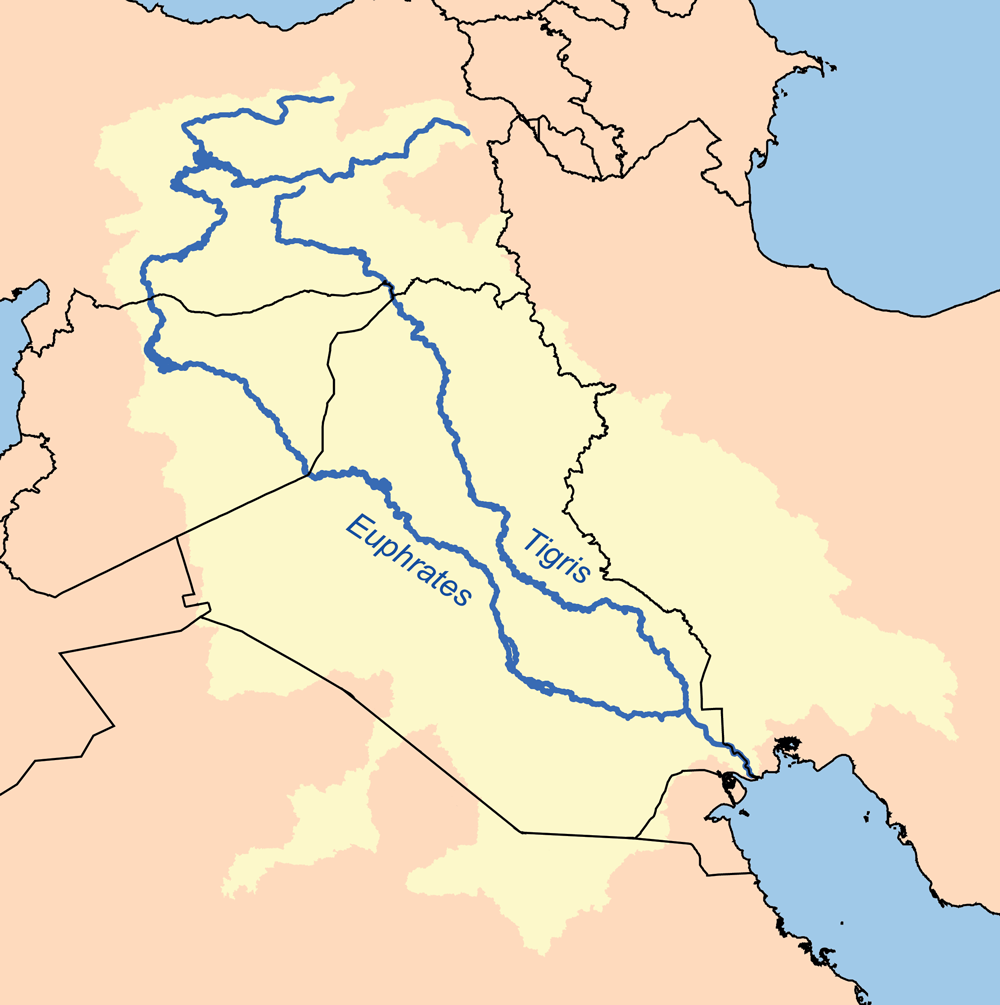

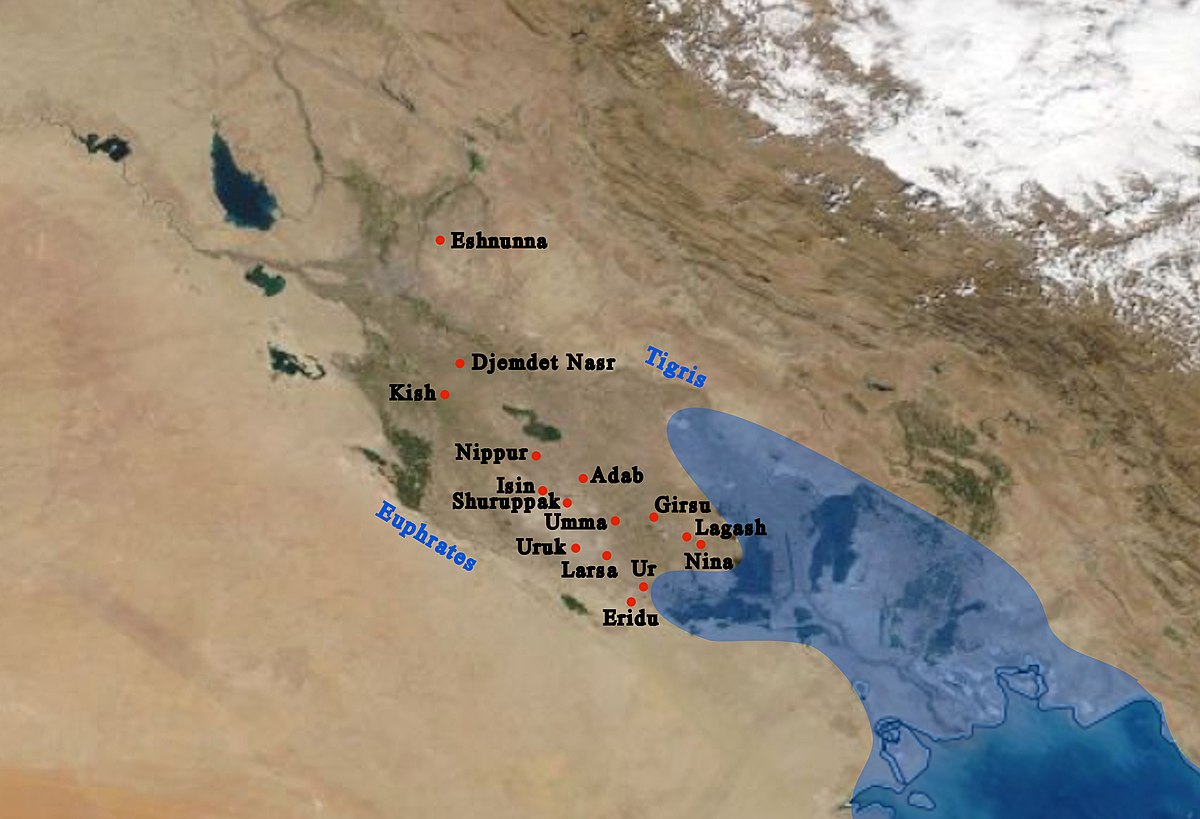
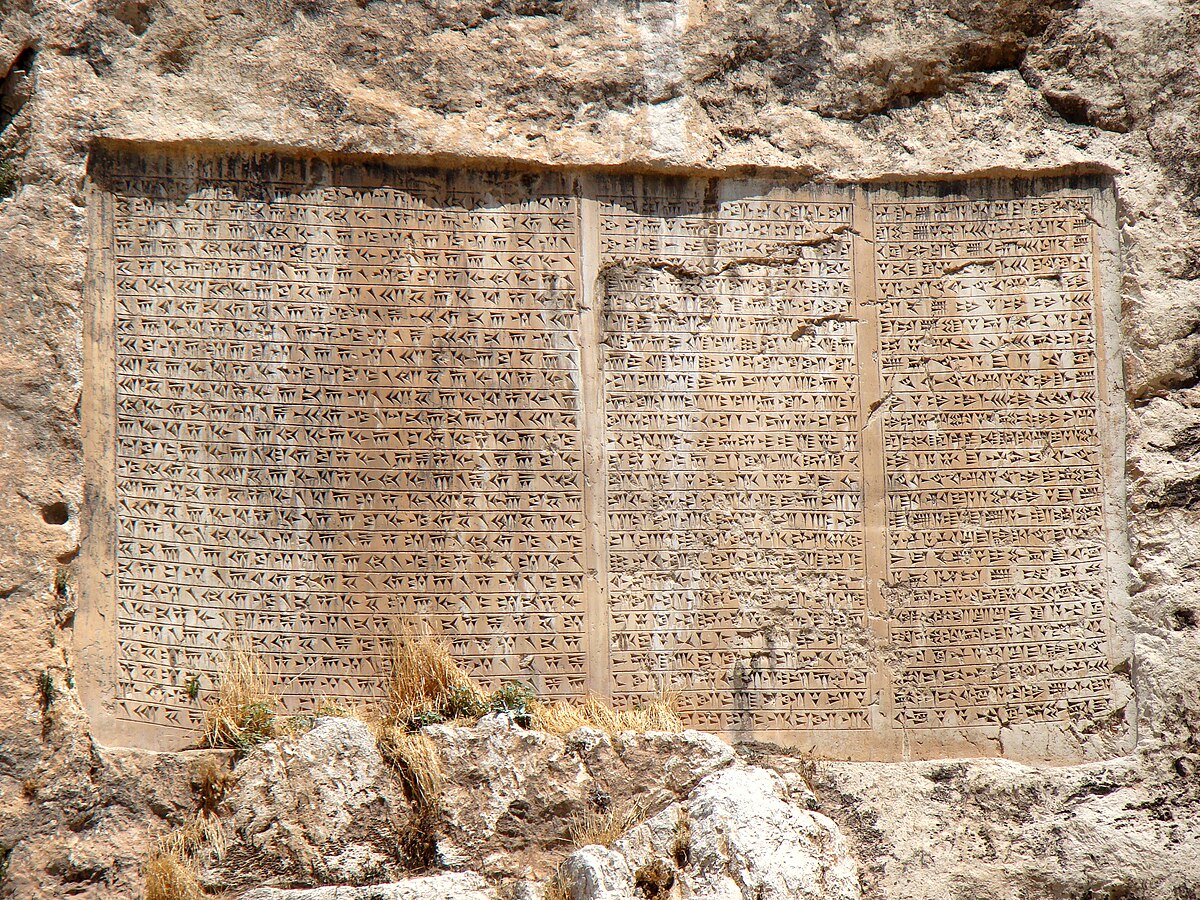
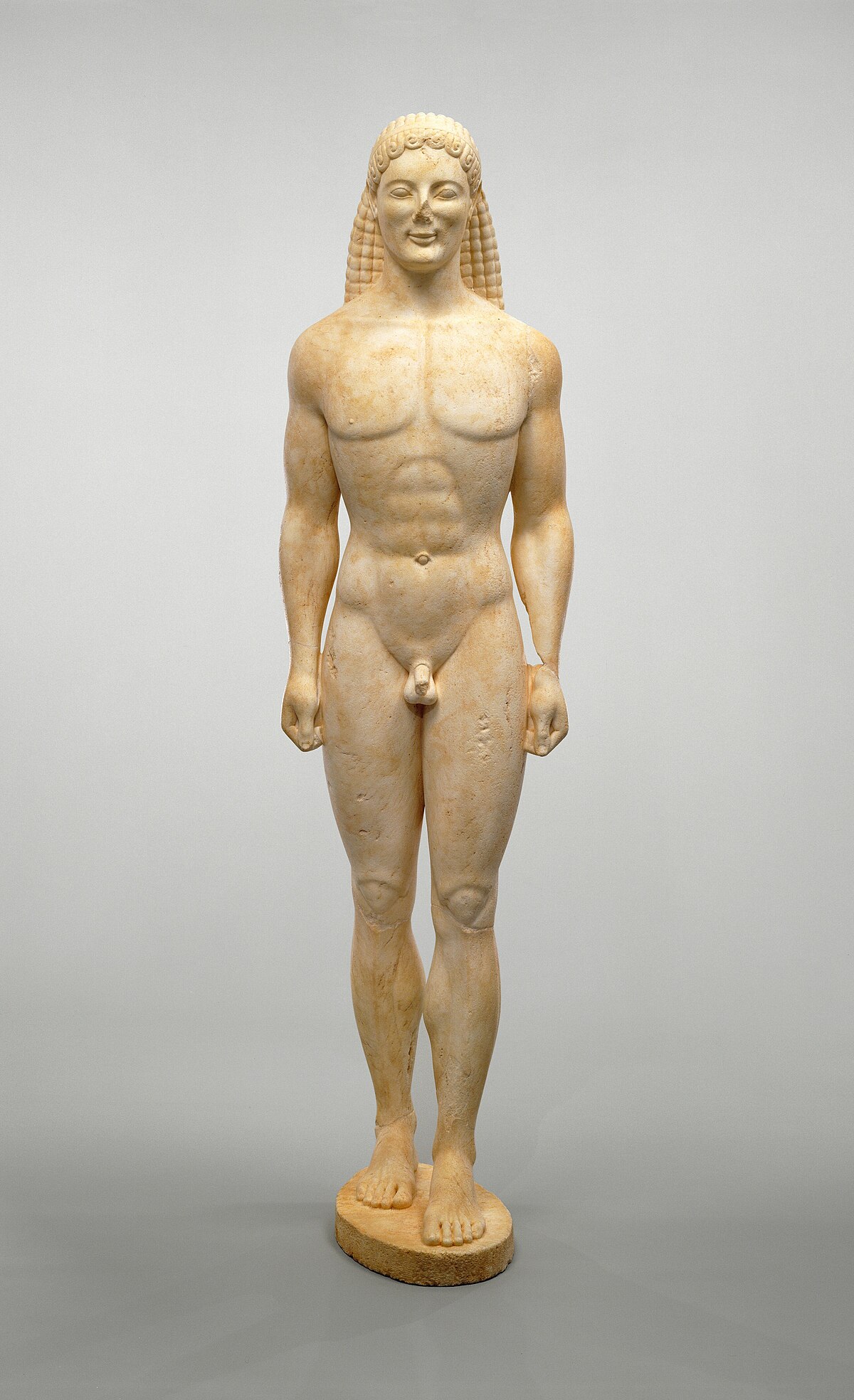
Top Image Citation:
By Dorli Burge - My Pictures on personal computer, CC BY-SA 3.0, https://commons.wikimedia.org/w/index.php?curid=4601432
